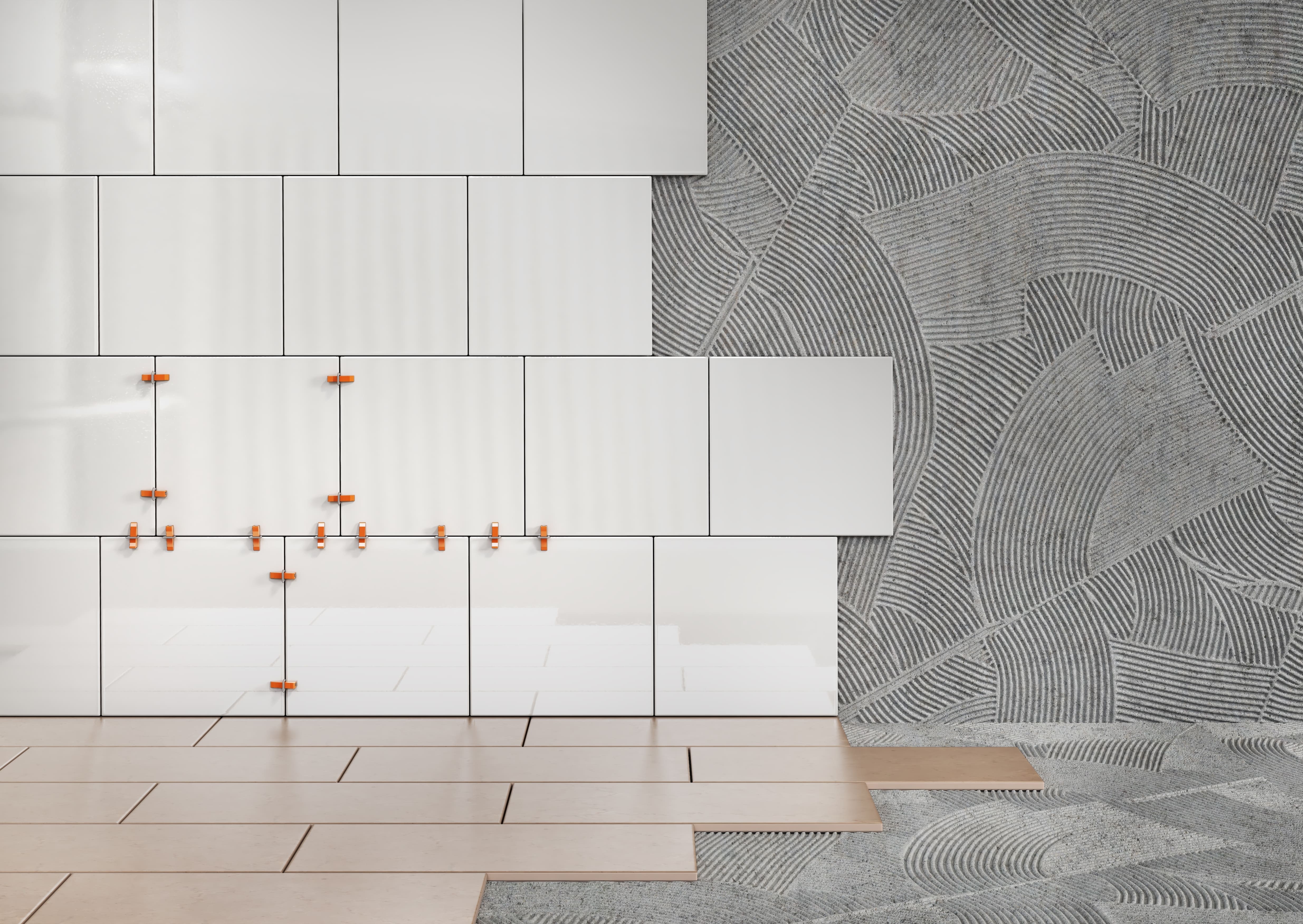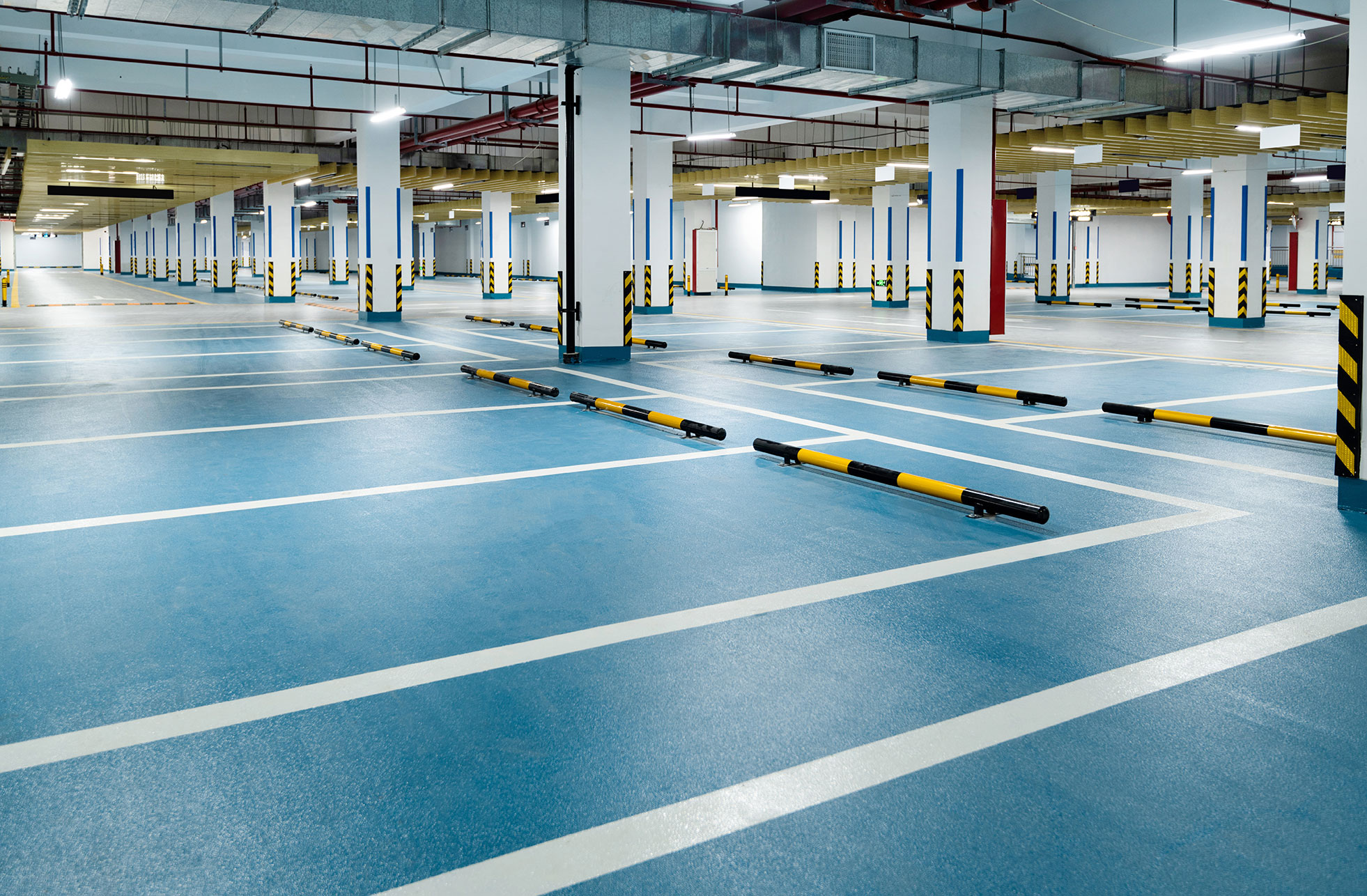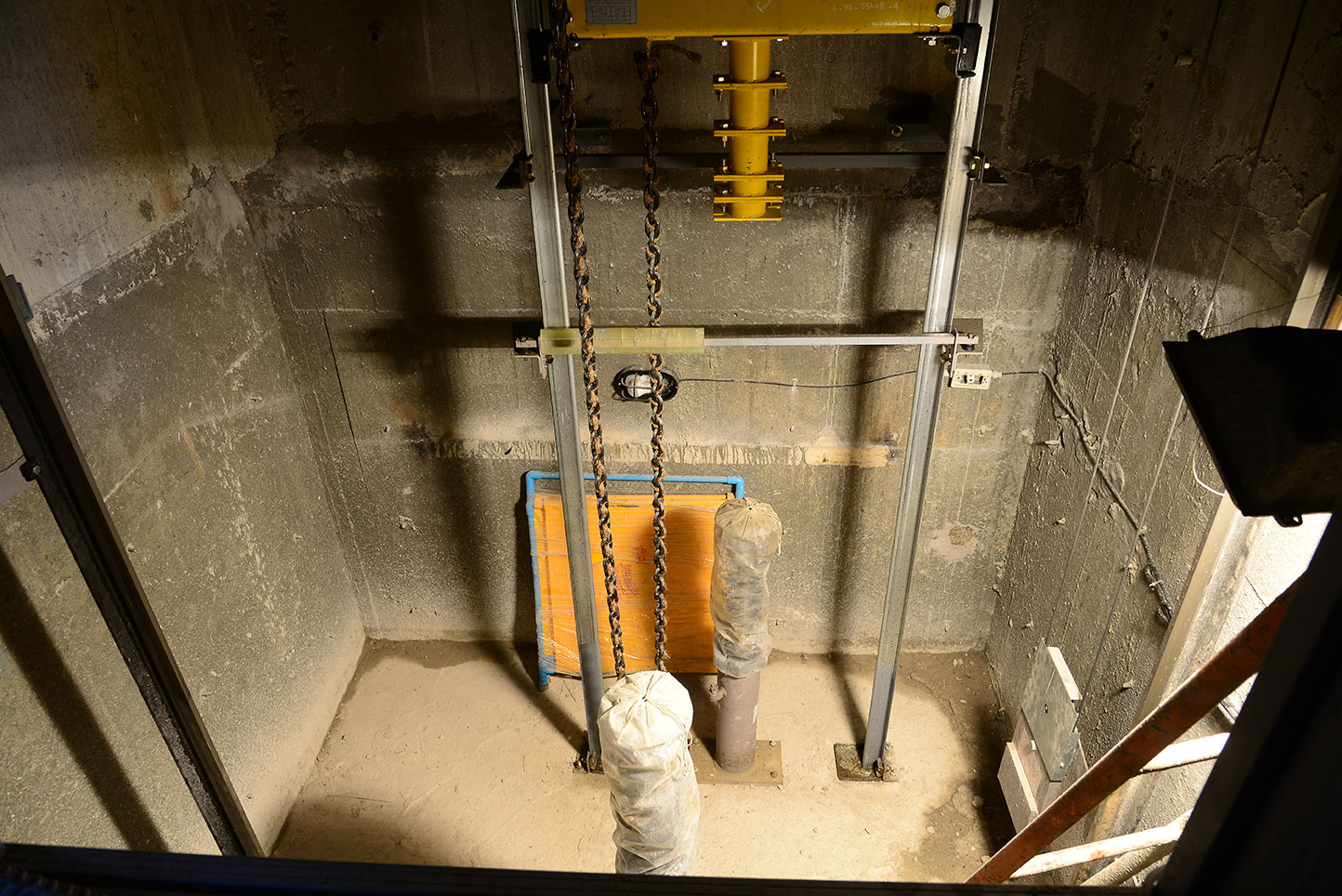
Tile Adhesives for Wet Areas: What You Need to Know
ARDEX ENDURA
09 Oct 2025
04 Min
Why Wet Area Tiling Needs Special Attention?
Wet areas are often the most sensitive places in a building, aren’t they? For instance, consider your bathrooms, kitchen, swimming pool and other utility areas. These spaces are exposed to water, steam and even harsh cleaning chemicals.
Over time, these factors slowly weaken the bond between the tile and the surface. Moreover, using the wrong adhesive can exacerbate the problem, causing the tiles to loosen, mold to develop, and eventually, leaks to appear.
Fixing this kind of damage often ends up costing much more than doing the installation correctly from the start. That’s why wet areas demand specially formulated, best tile adhesives that are resistant to moisture.
It is also essential to consider the following standards (As per IS 15477:2019)
- Type 1 tile adhesives: Only for dry areas.
- Type 2 tile adhesives: need for wet areas
Anything below type 2 simply won’t provide the strength or water resistance needed.
Challenges in Wet Area Tile Installations
Unfortunately, tiling doesn’t mean sticking tiles to a wall or floor, especially for wet areas. For starters, the moisture is relentless. Furthermore, if your system has weak points, it will find them:
- Consistent moisture seepage: Water finds its way through even the smallest of gaps.
- Mildew and Mold Festers: Any damp corners and joints quickly become breeding grounds for mold.
- Tile debonding or hollow sounds: If you use the wrong adhesive, it often causes even well-placed tiles to lose grip.
- Waterproofing mismatch: If tile adhesives and waterproofing layers aren’t compatible, your whole system is at risk.
Such issues can quickly turn a newly built bathroom or swimming pool into a costly maintenance concern. That too, within just a few months. They emphasise the importance of selecting the proper tile adhesives for wet areas.
What to Look for in a Tile Adhesive for Wet Areas
- High bond strength: It offers slip resistance, thus keeping the tiles firmly in place for years.
- Water and chemical resistance: Strong resistance is important when your projects involve swimming pools or other areas cleaned with strong solutions.
- Compatibility with waterproofing membranes: Adhesive and waterproofing should work cohesively.
- Flexibility: It allows the surface to handle expansion and movement without cracking.
- Coverage efficiency: Good spread and reduced voids mean fewer weak points.
By looking for these features, you protect your installation against the daily wear and tear that wet areas are exposed to.
Recommended ARDEX ENDURA Tile Adhesives for Wet Areas
Ardex Endura has developed a suite of products that are specifically engineered for damp and submerged conditions:
- Silver Star Plus: This is one of the best tile adhesives for regular bathrooms and shower areas. Being a high polymer-modified cementitious adhesive, Silver Star Plus offers strong water-resistance and it works on both walls and floors. It even delivers reliable performance in fully immersed zones, backed by its IS 15477 Type 2T and EN 12004 certifications.
- Gold Star Plus: It is a trusted solution for swimming pools and heavy-duty wet zones that delivers really strong adhesion, superior water resistance and excellent workability. Hence, Gold Star Plus helps you install tiles in submerged areas.
- Diamond Star: This Ardex product is designed for demanding situations like glass mosaics or high-traffic pool decks. With IS 15477 Type 3T and C2TE classification, this adhesive provides outstanding slip resistance. Also, Diamond Star has high chemical and shock tolerance.
Each product is built with wet-area conditions in mind, so installers can work with confidence.
Installation Best Practices
Using the right adhesive is just one element of the process. To make your installation perfect and ensure that it lasts, keep these points in mind:
- Apply a proper waterproofing membrane before laying adhesive.
- Spread adhesive evenly. Preferably, with a notched trowel to avoid weak spots.
- Follow the pot life and curing times mentioned on the product label.
- For large tiles, back-butter to eliminate air gaps.
- In balconies or areas exposed to movement, select the best adhesives with added flexibility.
These simple points can prevent costly rework. In many cases, failures occur not because of the adhesive but due to improper application.
Waterproofing Compatibility
It’s imperative that waterproofing and adhesive work together for a reliable installation. A few key points to note include:
- Confirm that your adhesive is compatible with the waterproofing system.
- In chemical-heavy zones such as swimming pools, use epoxy grout alongside the adhesive.
Skipping these checks often leads to failure and by the time the problems show, repairs can become quite messy and expensive.
Conclusion: Don’t Compromise in Wet Zones
Wet zones demand the right materials. Further, if your chosen adhesive isn't designed for constant exposure, your entire installation is at risk, leading to loose tiles, leaks, and mold.
With products like Ardex Endura’s Silver Star Plus, Gold Star Plus, and Diamond Star, you can ensure lasting water-resistance and strong bonding that stands the test of time. These tile adhesives for wet areas are specifically designed for areas with high moisture content. They are also backed by trusted certifications and designed to work alongside waterproofing systems. Choosing them from the start means your project stays strong, durable and worry-free.




